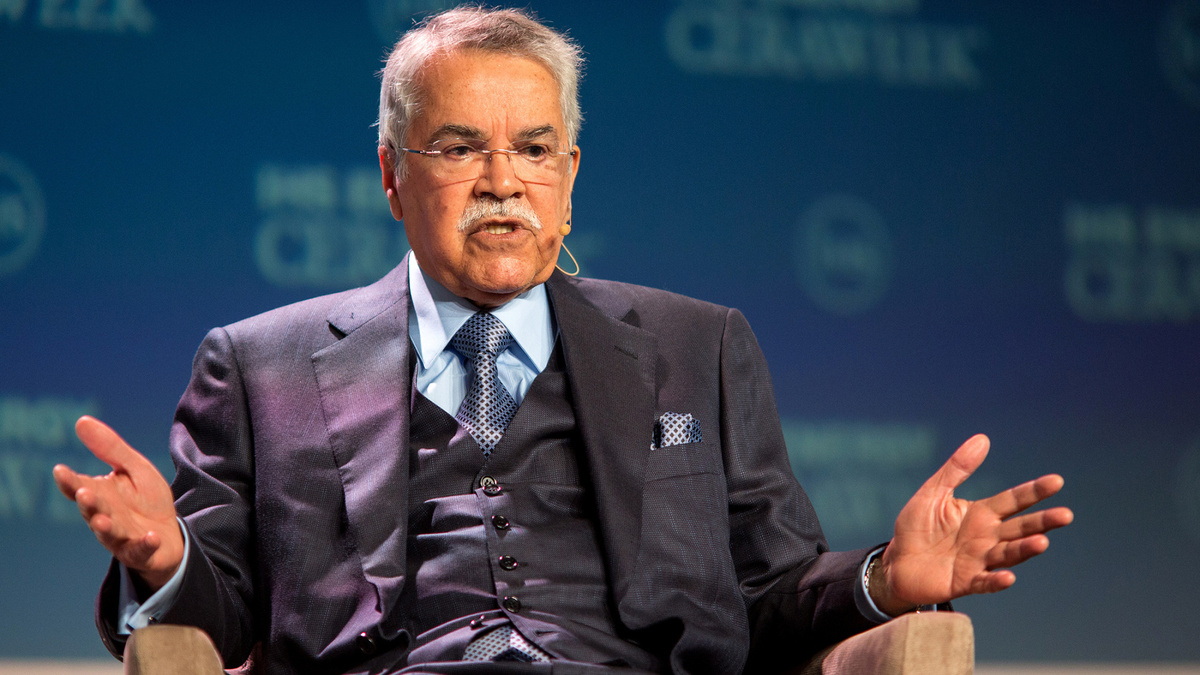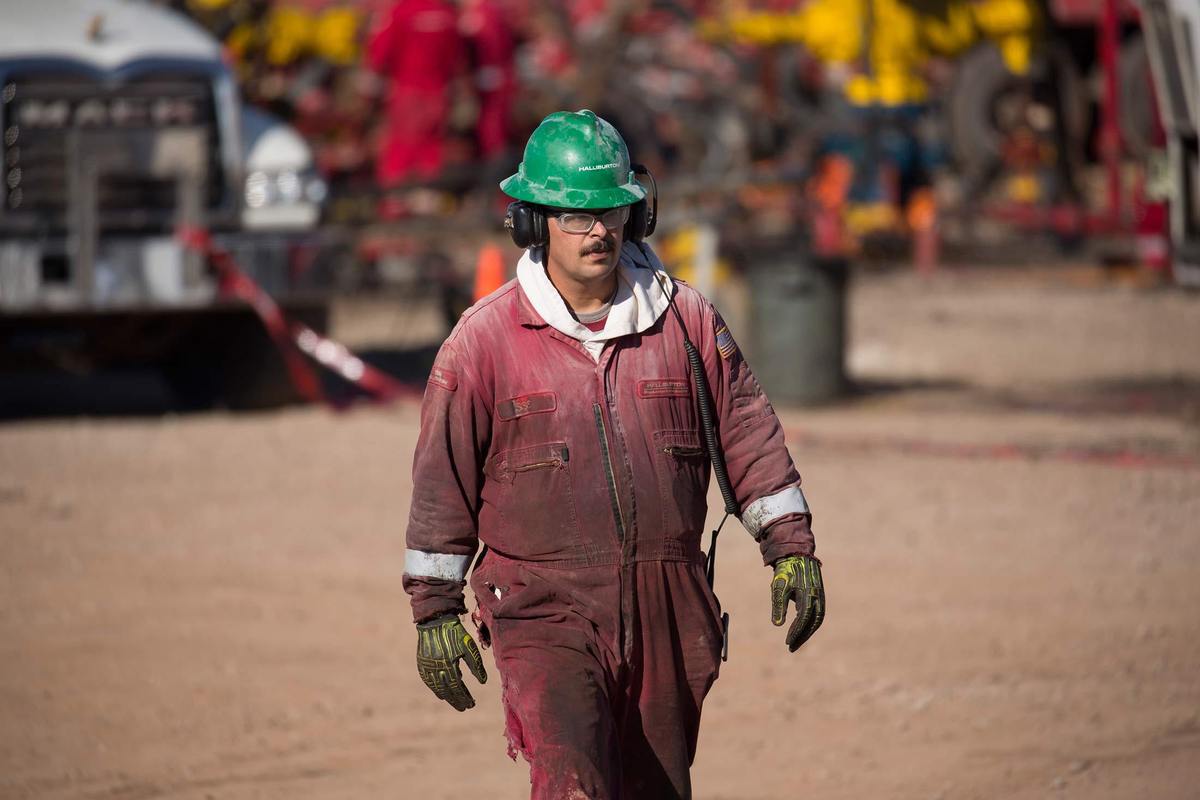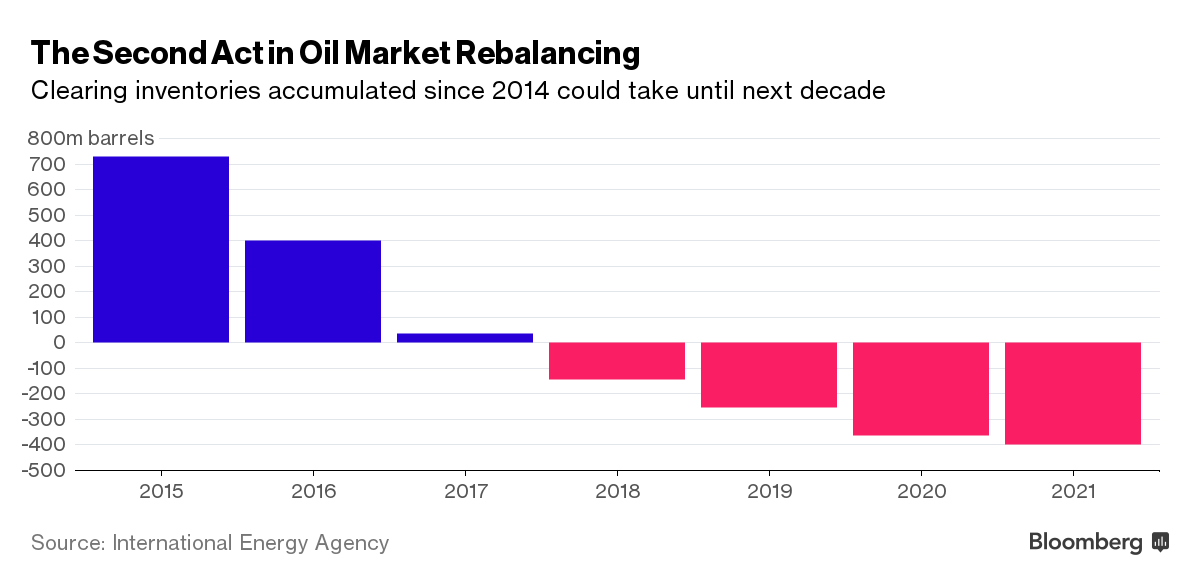Drillers Can’t Replace Lost Output as $100 Oil Inheritance Spent
(Bloomberg) Here’s Why This Is Only the Fourth Time Oil Has Tanked. For oil companies, the legacy of $100 crude is starting to run dry.
A wave of projects approved at the start of the decade, when oil traded near $100 a barrel, has bolstered output for many producers, keeping cash flowing even as prices plummeted. Now, that production boon is fading. In 2016, for the first time in years, drillers will add less oil from new fields than they lose to natural decline in old ones.
About 3 million barrels a day will come from new projects this year, compared with 3.3 million lost from established fields, according to Oslo-based Rystad Energy AS.





